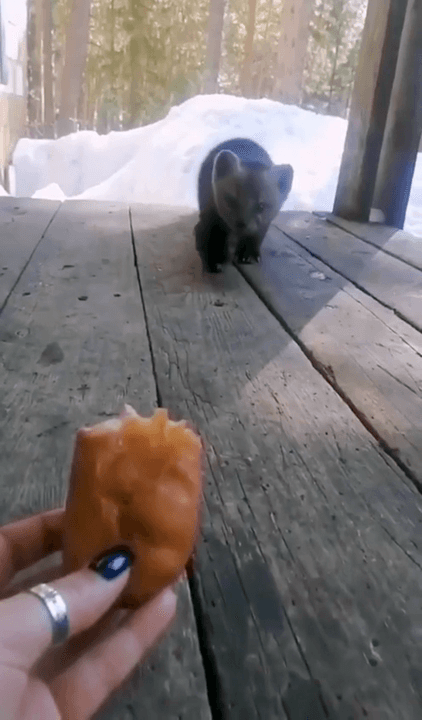
L’Univers de la Chasse en DORDOGNE: Nature sauvage, démographie des chasseurs, saisons de chasse et patrimoine culturel La Dordogne, cœur du Périgord, est une destination prisée des chasseurs pour ses paysages préservés et sa faune diversifiée. Entre vallées boisées et rivières poissonneuses, cette région offre une chasse authentique, ancrée dans des traditions séculaires. Dans cet article, nous explorerons en détail les aspects géographiques, réglementaires, culturels et pratiques de la chasse en Dordogne. Démographie des Chasseurs En 2024, la Dordogne compte environ 22 000 chasseurs, soit 6 % de sa population, selon la Fédération Départementale des Chasseurs (FDC 24). Les 45-65 ans représentent 60 % des permis, mais les jeunes de moins de 30 ans sont de plus en plus nombreux (+12 % depuis 2020), attirés par des formations pratiques comme « Initiation Chasse Dordogne ». Géographie et Biodiversité La Dordogne se distingue par : - Massifs forestiers (Forêt de la Double, Périgord
Post: 12 June 14:09
















































